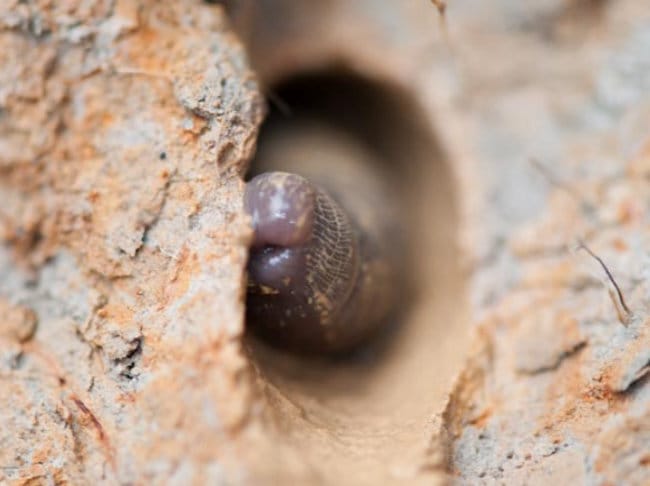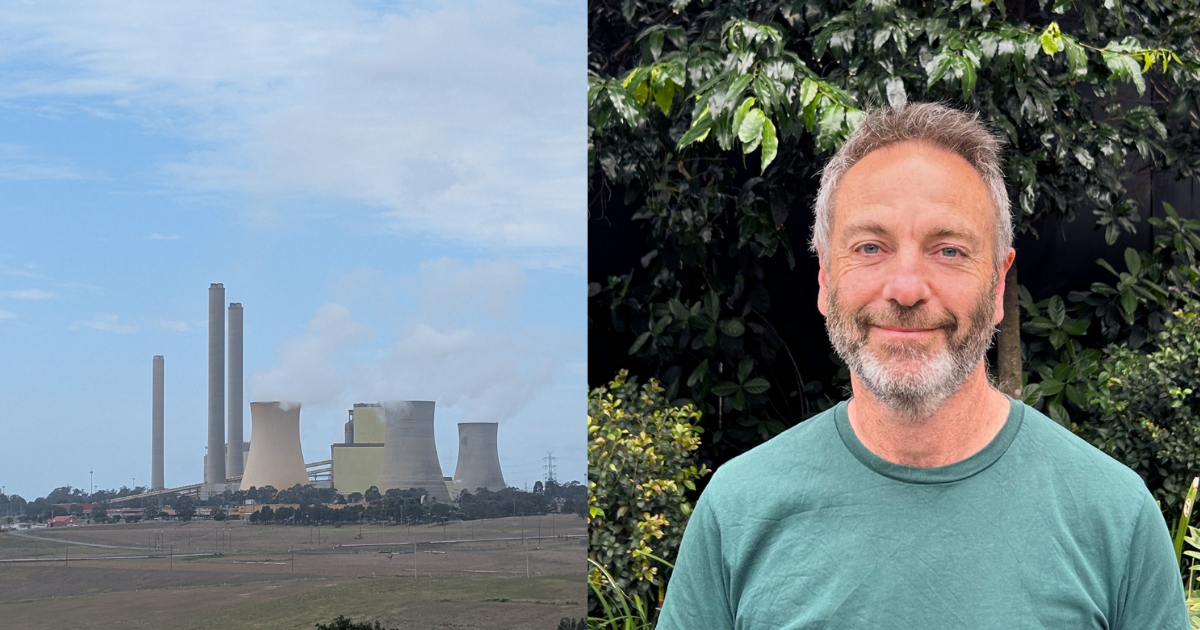Have you heard strange gurgling on your farm? It could be a colony of Gippsland Giant Earthworms
A new research project is updating a 40-year-old census on the population and habitat of the iconic local invertebrate.

The notion of conducting a census on a giant earthworm population might seem faintly absurd at first glance - how on earth do you count things that live under the earth?
But there is a method to the madness. A 1980 census on the Gippsland Giant Earthworm helped establish a baseline for earthworm research in these parts, and now it’s time to revisit and see how the communities across the region are faring.
The census relies on farmers keeping an eye out for the Gippsland Giant Earthworm, and an ear out for the gurgling sounds the worms make when they’re slithering across the land.
Gurgling, you say?
“You can hear the earthworms moving above ground when you walk over their soil,” explained Dr Beverley van Praagh, who has studied the Gippsland Giant Earthworm for more than 30 years.
“They make this gurgling sound like water running out of a bath. The gurgling suction sound is made because their burrows are quite wet, and they move quickly from one pocket to another.”
Although the research obviously won’t be able to count every worm, it will provide a wide pan on the overall worm situation.

A Gippsland Giant Earthworm peaking out from its exposed burrow. Image from: Giant Gippsland Earthworm website.
What is this worm?
The Gippsland Giant Earthworm is an invertebrate unique to the Gippsland region. It grows up to two metres in length.
Researchers think the majority of the Gippsland Giant Earthworm population resides on private land, so landholders play a vital role in understanding how the worm's habitat has adapted and changed over time.
In the early 1980s, Praagh took a position as a research PhD student with La Trobe University, and heard about the unusual worm.
“I was really fascinated by the sound of these amazing, enormous creatures, and how there was not very much known about them,” she said.
Predictive modelling the way forward
Praagh said the research methods to observe the worm have changed dramatically since she began studying them: “Back then they weren't protected, so we were often digging them up. Now we don't pick them up at all unless there's a real reason for it.”
Predictive modelling is now the standard way researchers locate pockets of giant earthworms in the landscape, so understanding the ideal conditions for the worm’s habitat is increasingly important.
Praagh says one of the reasons they're so fascinating is they are found in very small pockets of habitat. The worms can live in a colony restricted to a few square metres along a creek bank or a hill slope.

Gippsland Giant Earthworm burrow with ring imprints. Image from: Giant Gippsland Earthworm website.
The first census in 40 years
The census project is a joint effort between Gippsland Threatened Species Action Group and South Gippsland, Bass Coast and Latrobe Catchment Landcare Networks.
If you’d like to get involved or think you might have Gippsland Giant Earthworms on your property you can complete a survey here: www.surveymonkey.com/r/GGECensusSurvey or download the Giant Gippsland Earthworm app in the Apple or Android app store.
More information on the worm at www.giantearthworm.org.au.
Images from: Giant Gippsland Earthworm website.

